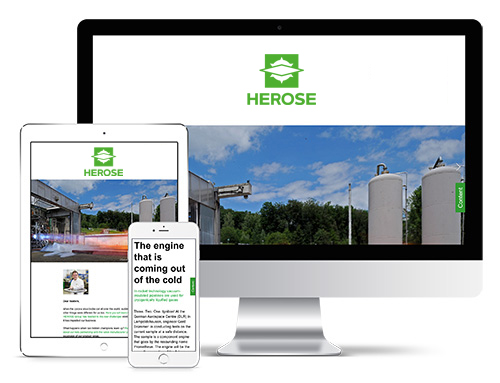The inland waterway ship “Eiger” has been travelling with LNG since five years. Captain Bühler has only had good experiences with it. vc was on-board.
Rudolf Bühler plays Tetris on his monitor every day. He pushes the colourful blocks back and forth and is pleased when the jigsaw puzzle fits together again. This is not a leisure activity for the captain of the “Eiger”, it is a professional must: “Each block on the loading plan stands for a container”, said the 56-year-old Swiss, “and I have to position them so that they can be loaded and unloaded optimally at every harbour.”
9th May, just before 8 am. On the way from Basel to Rotterdam, Rudolf stopped at the Rhine harbour of Strasbourg. Loading is carried out by crane as soon as the is inland waterway ship moored. “Here we are collecting ten containers today”, said Rudolf, “We will be on our way in half an hour.”
The “Eiger”: year of construction 2001, 179 m long, space for maximum 354 standard containers. The inland waterway ship of the Dutch shipping company Danser was converted to LNG in 2014 – and that was being the first inland waterway container ship at all. The LNG tank costs us six container slots “but it was worth it to us.” Many valves from HEROSE on the storage tank, on the bunker lines as well as on the GPU – the “Gas Processing Unit” – ensure for safe operation since then.
“It is a good feeling to be sailing using LNG”, said the captain Rudolf, “to know that one emits a lot less muck into the air.” With regards to travelling, one doesn‘t notice any difference. “And we really appreciate LNG in the summer time”, said Rudolf, “as when the wind comes from behind and the door is open, you cannot smell the exhaust gases as we did in the past.”
The “Eiger” runs with a scheduled service between Rotterdam and Basel. “We need 14 days for a round trip.” We stop at five harbours in-between, “we cannot manage any more with regards to capacity”. The LNG is bunkered in Rotterdam by a trailer – truck to ship. A permanent bunker station on the Rhine should be opened in Autumn 2019 (see extra report).
In addition to Rudolf, the boss on-board, Cees Bouman is also travelling as second captain. Both take their turn in the rudder every eight hours. A fixed team of three sailors are also on-board – two Czechs and one Dutchman. “We have been together since many years and we are completely on the same wavelength”, said Rudolf. The team always works for four weeks – two round trips long – and then has the same amount of time free. During the weeks on-board, we all share a flat under deck: a living room, kitchen, bathroom are there for all and everyone has his own bedroom. In the living area, there is always a slight overpressure as they are in the so-called “Ex area” of the LNG tank, the explosion area. An overpressure prevents an unnoticed penetration of gas.
What are the crew of the “Eiger” taking around the world? “From Rotterdam electronic components, machine parts or clothing”, said Rudolf, “on the return journey for example, medical products from Switzerland or non-alcoholic beer from Strasbourg for the Arabic region.”
Rudolf has been navigating inland waterway ships for 37 years – as his ancestors: “I am in the 4th generation in our family.” His territory is the Rhine where he has probably already travelled a million kilometres. He knows every corner – he looks forward to passing through the section between Bingen and Bonn every time: “And the highlight is always the Lorelei.” But this also bears the most narrow corner of the Rhine: “You have to be as careful as a lynx there.” The “Eiger” is one of the longest ships that sails on the Rhine.
A dented VW Golf is parked at the back of the “Eiger”. With this car the crew goes shopping in the harbours – a small car crane lifts it onshore. The favourite dish of the crew is rumen, a cow stomach dish from grandma’s kitchen. Captain Rudolf always prepares this himself, roast hare is his second favourite dish.
As the “Eiger” arrives at the harbour of Kehl in the afternoon – three hours later than expected, “because a container was missing in Strasbourg” – after taking a quick look at the sky, Rudolf and his crew spontaneously decided: “Lets have a barbecue on the afterdeck.”
Photos: rcfotostock – Fotolia.com (at the top), Carsten Wurr
Did you like this article?
Please get further information and background reports about industrial valves and applications via the free HEROSE newsletter.
Subscribe here


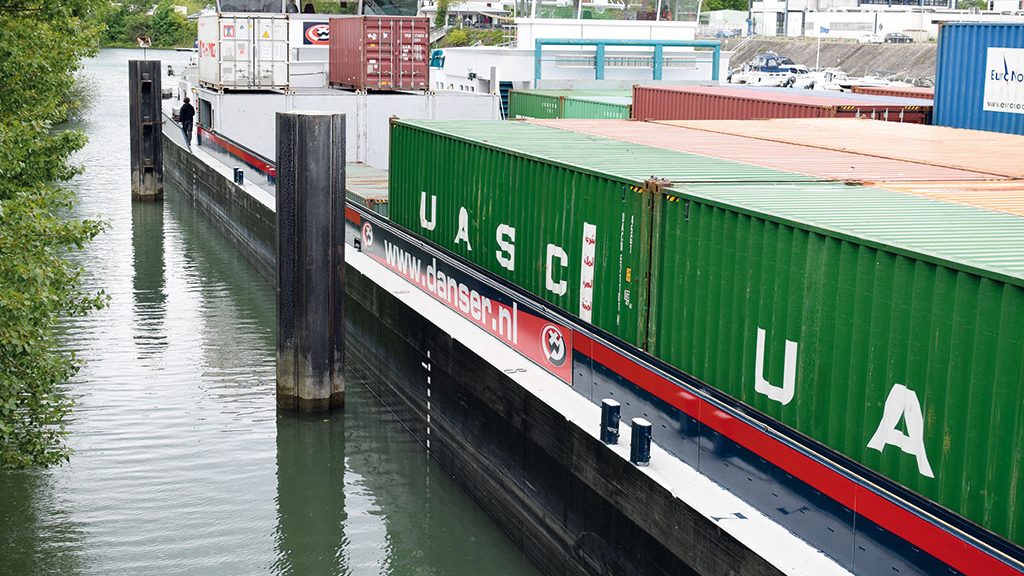
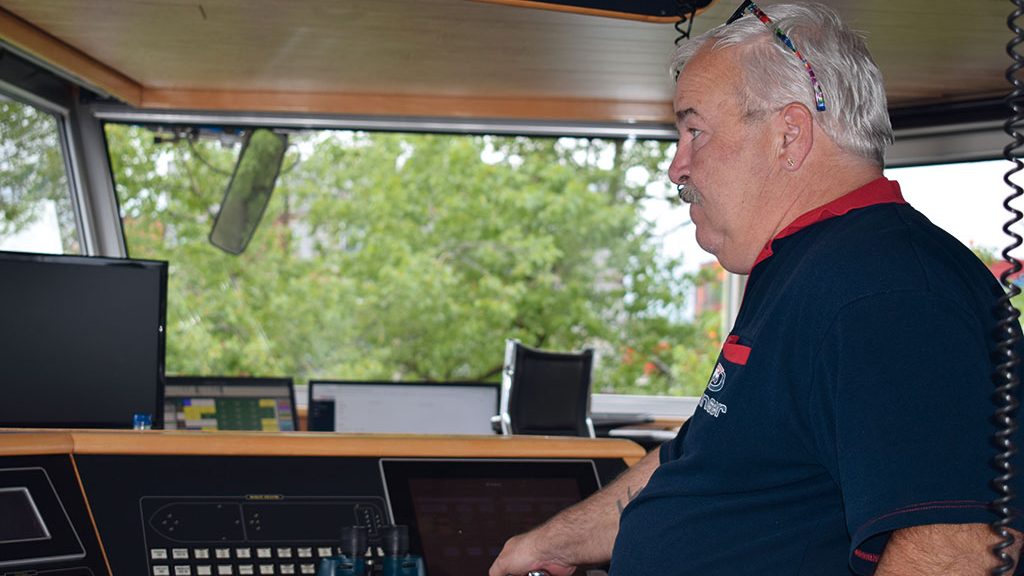
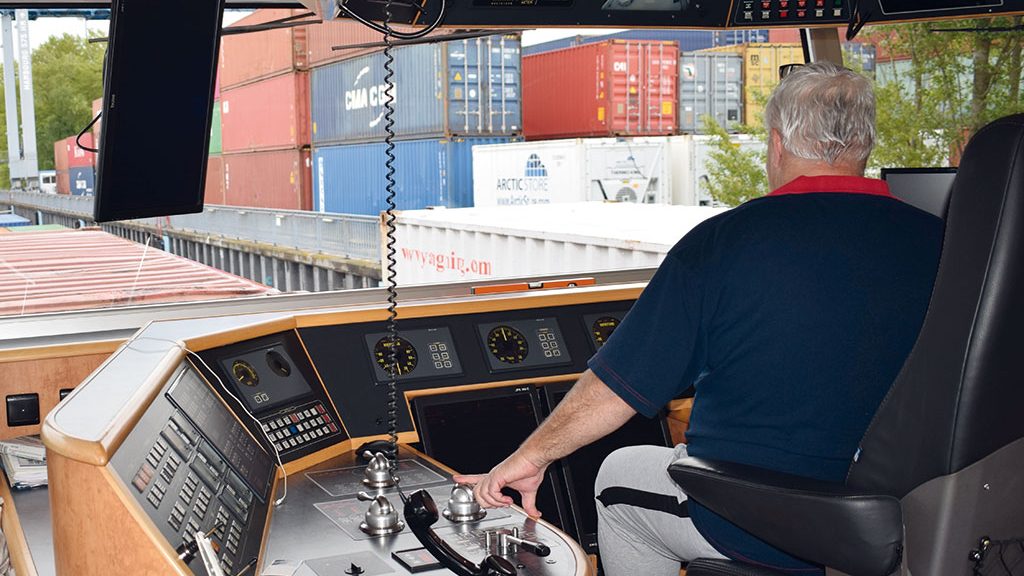
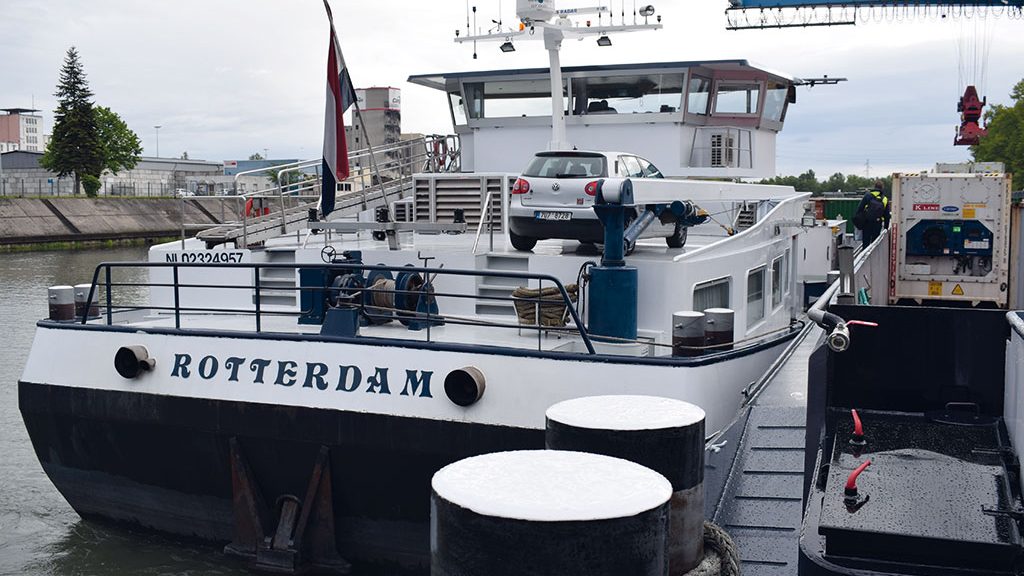
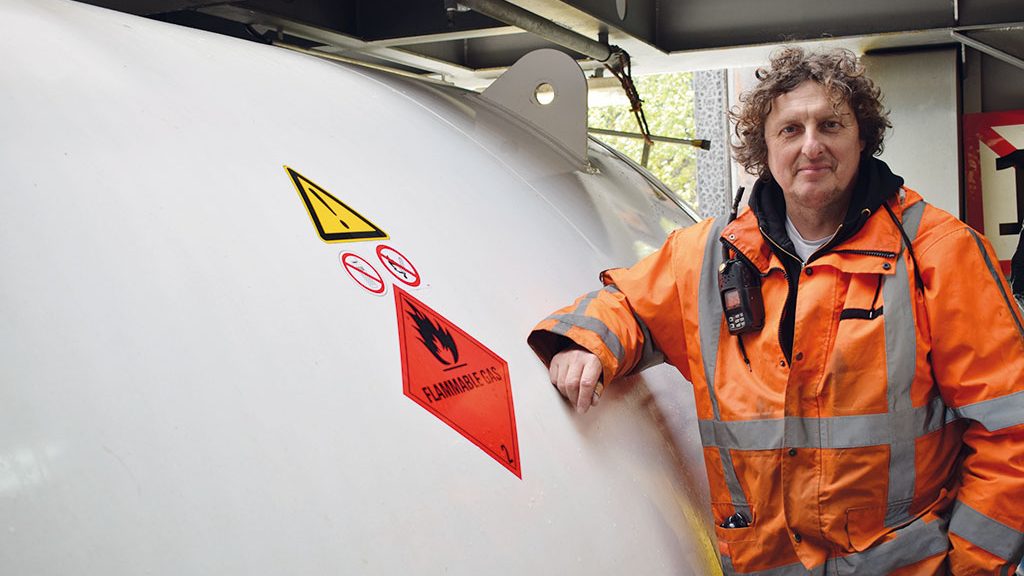
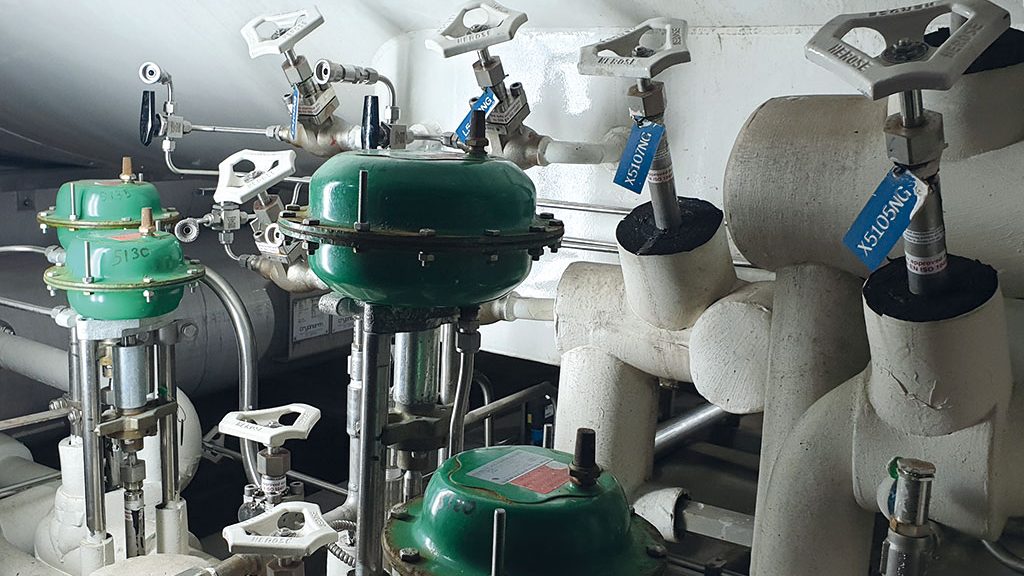
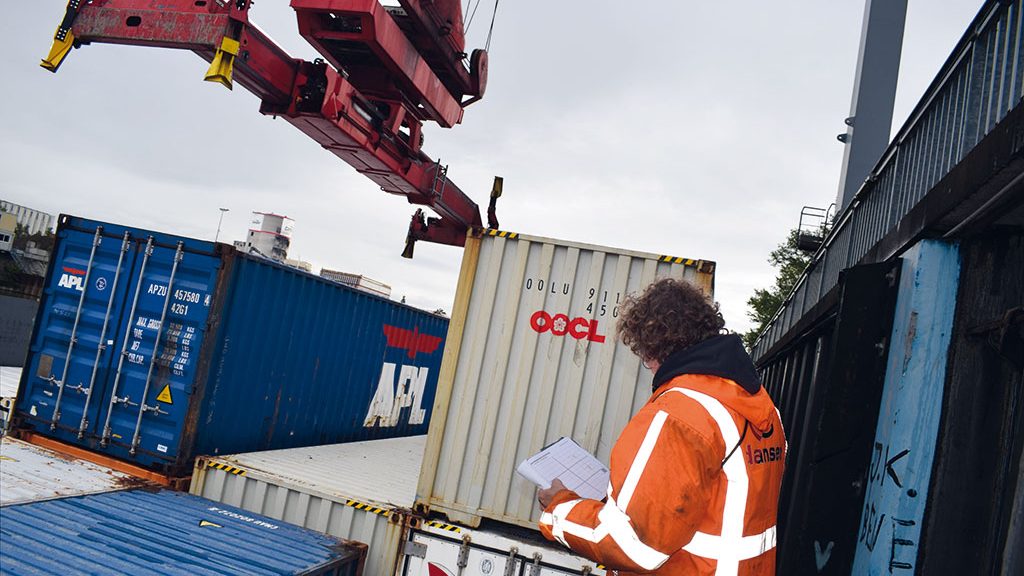

 Read the current digital customer magazine now!
Read the current digital customer magazine now!
